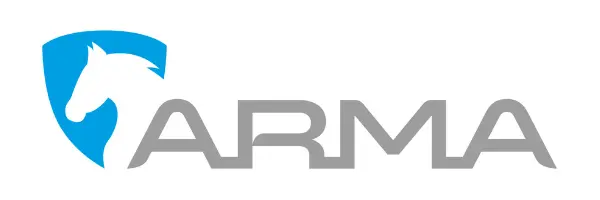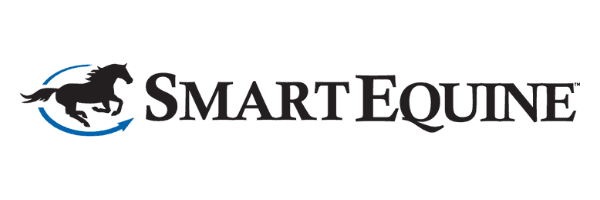From the Ground Up with Tik Maynard: Part Two
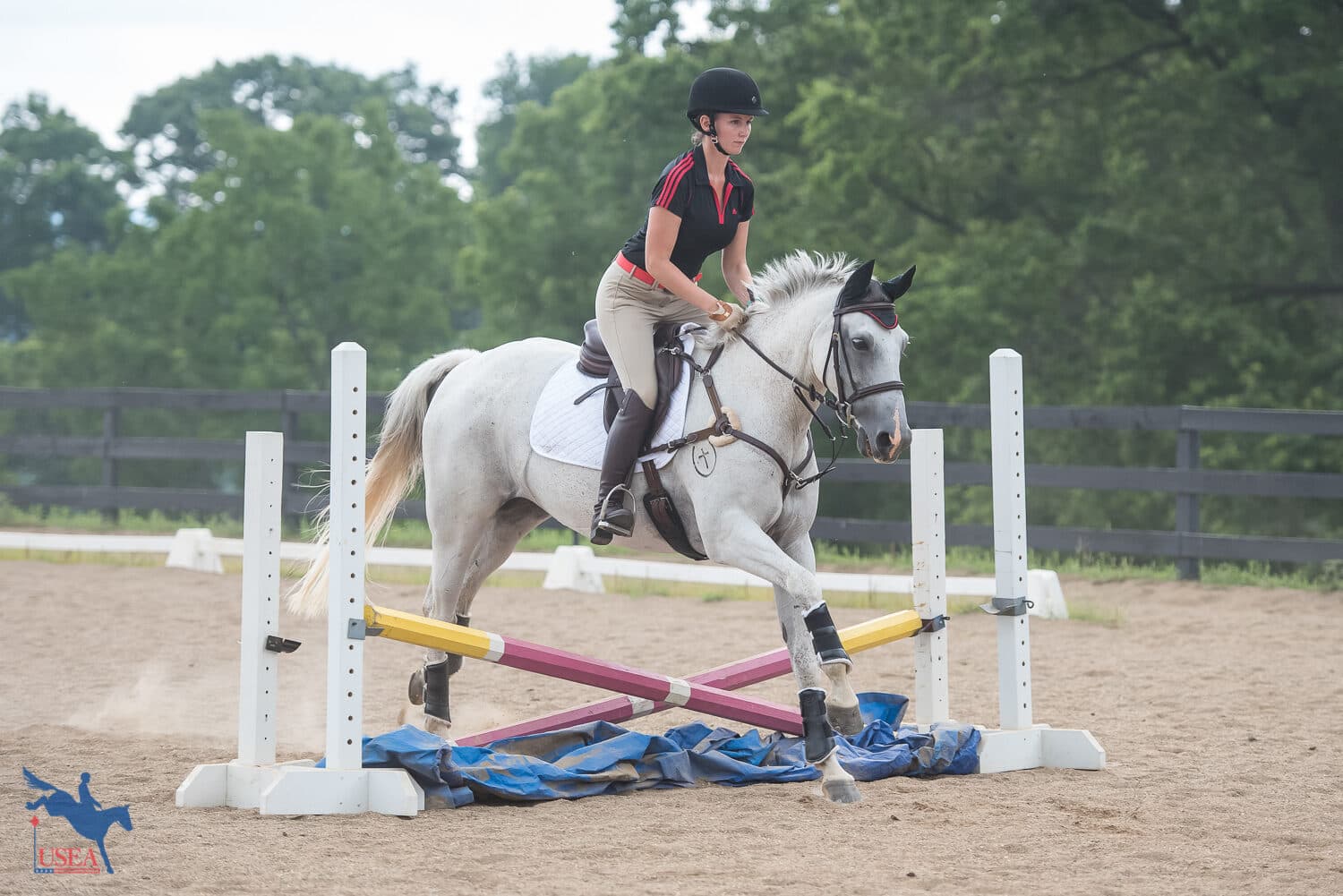
This article originally appeared in the July/August 2016 issue of Eventing USA magazine and is being republished on the USEA website in two parts. Click here to read part one.
Create An Environment of Success
As with most things involving horses, not every jumping effort will go as planned. Maynard explained that there are five possible reasons that a horse stops: pain, anticipation of pain, the horse doesn’t understand the question being asked, the rider makes running out seem easier than jumping, and finally habit.
Maynard said there is no one-size-fits-all method to solving problems over fences, but riders should return to this list if they encounter a problem. Diagnosing why a horse stops is essential to figuring out the best way to work through it. Like he discussed during the ground work, Maynard explained to riders that they would need to understand why their horse stopped and then using that information, find the best way to turn the experience into a successful one.
His methods of fixing problems over fences, much like his general attitude on horses, is to always give the horse the benefit of the doubt. What most would consider a disobedience, he considers a learning opportunity, smiling at the challenge. He adds, “I would say that most people I teach push their horses much more than I would.” Each time a horse stopped, Maynard worked with participants and auditors to diagnose the problem and find the best solution, reminding everyone that this process is flexible and constantly evolving.
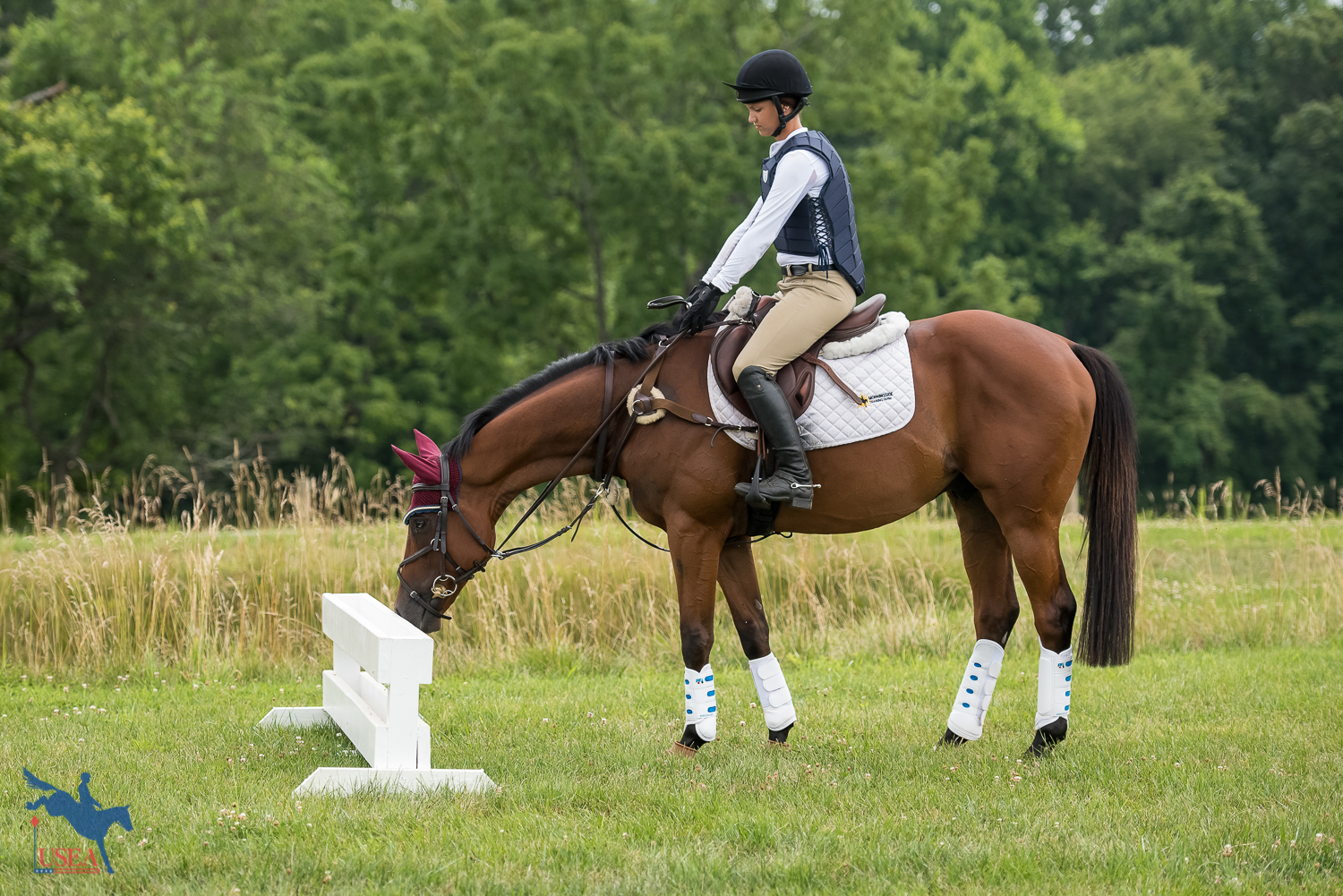
The most common causes for refusals throughout the clinic were attributed to the horse misunderstanding the question and finding not jumping as the easier option. “A horse’s natural tendency in the wild is that they don’t jump. They go around jumps, so you’re teaching a horse something new, and whenever you’re teaching them something new the goal is to make that the easiest thing for the horse,” Maynard explained.
Ideally, riders want to be successful on the first try. Maynard described what he thought each horse would do at a fence depending on their affect. Horses that are looking directly at the fence with their ears pricked forward are more likely to jump, so riders should work to prepare their horses early enough so they have a clear understanding of where they are going. If a horse starts to back off in the approach to any jump, Maynard asked riders to lengthen their reins. He believes that letting the reins out has the same effect as adding leg, and that short reins and excessive leg can be unforgiving and make a horse feel claustrophobic approaching a fence.
If a horse stops, Maynard worked with riders to find the best plan for success in that specific situation. “Find something you can be successful at,” Maynard repeated. He reminded riders as he had earlier on the ground to create a situation where their horses could be successful, whether that means getting one step backwards in ground work or finally getting a horse to stand calmly in front of a spooky fence.
In most cases, Maynard advised riders to duplicate the same exercise on a smaller scale. This would mean to either jump the same kind of jump that is smaller, or simplify the exercise until it can be successful. He continued to remind riders that not every solution will be appropriate, but encouraged riders to utilize lateral and creative thinking to find something that will work for their horse.
Good Turns Makes Good Fences
Another way Maynard helped riders create success under saddle was by improving their turns throughout a jump course. He explained that there are three major points on any turn. The first marks the start of any turn, when the directional path becomes curved. The second is the apex of the turn, and the final point is the end of the turn, where the directional path changes again from curved to straight.
Maynard continued his emphasis on visual learning in this under saddle exercise by using props. Cones physically marked each major point on a turn between two fences. At the first cone, riders should begin to slow down and prepare for the turn. The second cone marks the point of the turn where riders should be traveling at their slowest. Here, riders should also be looking to the upcoming jump. By the final cone, riders can either maintain their speed or increase it, but Maynard emphasized that riders could not go any slower after this point.
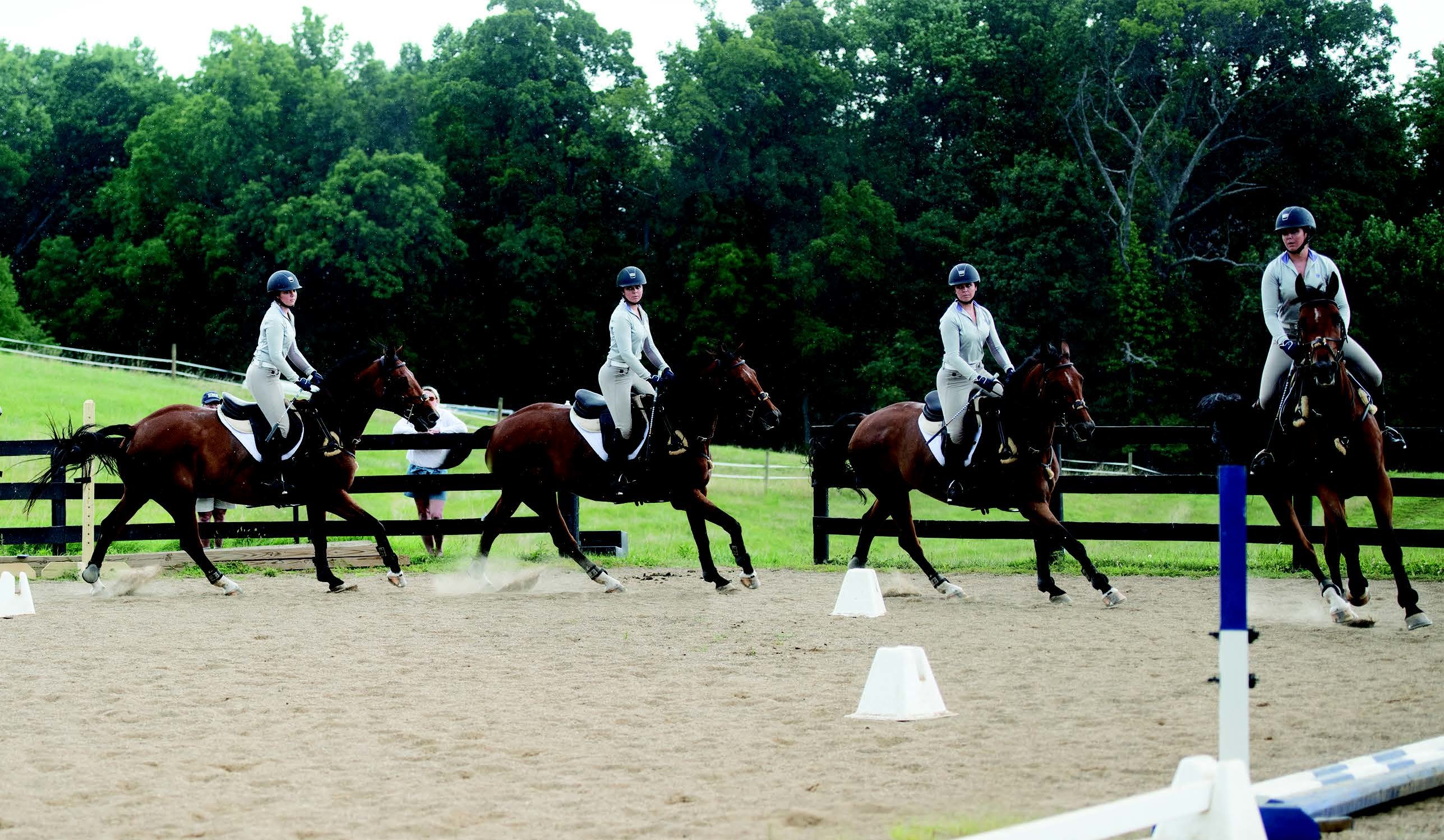
Groups repeated this exercise in both directions and on turns of varying size and shape. The beauty of the exercise is how it visually helps riders prepare for fences. Maynard said he will often use the theory behind this exercise on the approach to any fence, even those not off a turn to help him prepare for the upcoming jump.
Following this method helped riders use their turns more effectively and helped riders communicate more clearly to their horse where they were going, ultimately increasing the likelihood that the pair would be successful over the second jump in the turn.
Finding Success
“If you can’t do one thing with a horse, find something else that you can do.” This phrase echoed through all sessions of the clinic as Maynard reminded riders that every experience with a horse is a learning opportunity. No matter the situation, under saddle or on the ground, Maynard encouraged riders to think like a horse, and try and understand how they are learning and responding to their environment. Sometimes this involves lateral thinking and creativity, but no matter the process, Maynard stresses, always find a way to end on a success.
Did you enjoy this article? Want to receive Eventing USA straight to your mailbox? Members receive Eventing USA as part of their USEA Membership or you can purchase individual issues from the USEA Shop.





